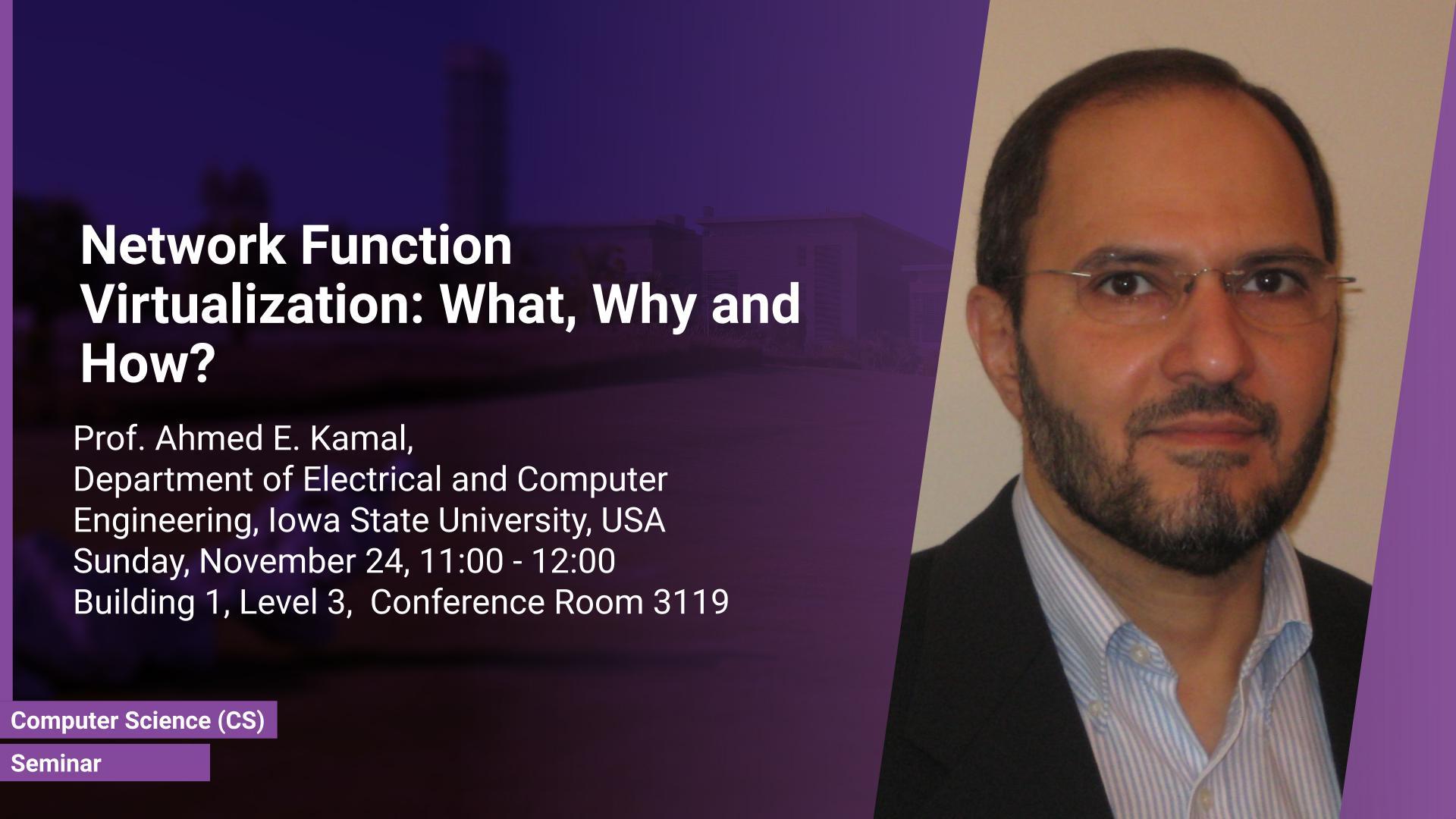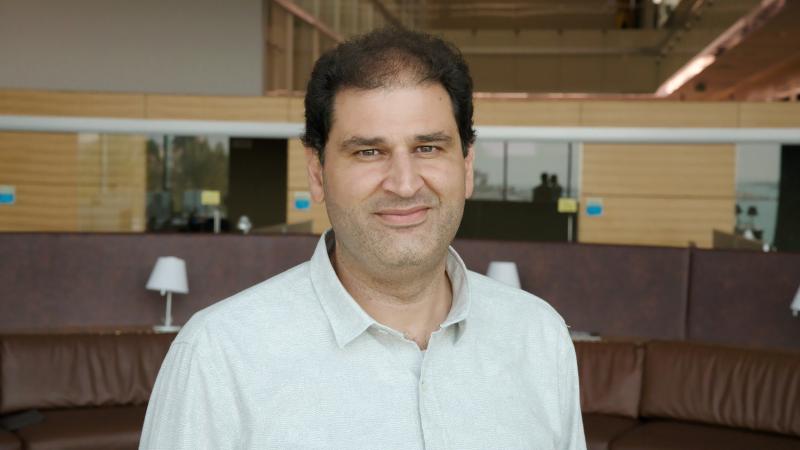Abstract
The European Telecom Standards Institute (ETSI) introduced the concept of Network Function Virtualization (NFV) with the aim of efficient network architecture and network system operation. In traditional networks, network functions are implemented in dedicated physical machines which are designed for single functionalities. Network services have been provided by connecting these physical machines, so the network architecture has been highly rigid and hard to change. NFV environment provides a more flexible and scalable network configuration and implementation through the softwarization of physical network functions. Network functions are transformed to Virtual Machines (VMs) so that Virtualized Network Functions (VNFs) can be implemented in commodity servers built for common uses, including public clouds.
This talk will consist of three parts. The first part introduces and explains the NFV principles, its architecture and the advantages of using NVF over the use of dedicated hardware components. In the second part, we will study the problem of efficient implementation of NVF, where efficiency refers to energy efficiency and resource allocation efficiency. A joint problem will be formulated for Virtualized Network Function (VNF) resource allocation and NFV-Service Chain (NFV-SC) placement in Software Defined Network (SDN) based hyper-scale distributed cloud computing infrastructure in which the objective of the problem is minimizing the power consumption of the infrastructure while enforcing Service Level Agreement (SLA) of users. It will be shown that this approach outperforms traditional approaches in terms of power consumption and SLA assurance. In the third part, we will report on some recent adoption of virtualized network functions in one of the group projects, and our experience with using VNFs.
Brief Biography
Ahmed E. Kamal is a professor and Director of Graduate Education in the Department of Electrical and Computer Engineering at Iowa State University in the USA. He received a B.Sc. (distinction with honors) and M.Sc. both from Cairo University, Egypt, and an M.A.Sc. and a Ph.D. both from the University of Toronto, Canada, all in Electrical Engineering. He is a Fellow of the IEEE and a senior member of the Association of Computing Machinery. He was an IEEE Communications Society Distinguished Lecturer for 2013 and 2014.
Kamal's research interests include cognitive radio networks, optical networks, wireless sensor networks, and performance evaluation. He received the 1993 IEE Hartree Premium for papers published in Computers and Control in IEE Proceedings, and the best paper awards from the IEEE Globecom Symposium on Ad Hoc and Sensors Networks Symposium in 2008 and 2018. He also received the 2016 Outstanding Technical Achievement Award from the Optical Networks Technical Committee of the IEEE Communications Society.
Kamal chaired or co-chaired Technical Program Committees of several IEEE sponsored conferences including the Optical Networks and Systems Symposia of the IEEE Globecom 2007 and 2010, the Cognitive Radio and Networks Symposia of the IEEE Globecom 2012 and 2014, and the Access Systems and Networks track of the IEEE International Conference on Communications 2016. He was also the chair of the IEEE Communications Society Technical Committee on Transmission, Access and Optical Systems (TAOS) for 2015 and 2016. He serves or served on the editorial boards of a number of journals including IEEE Communications, the IEEE Communications Surveys and Tutorials, the Elsevier Computer Networks journal, the Elsevier Optical Switching and Networking journal and the Arabian Journal of Science and Engineering.

